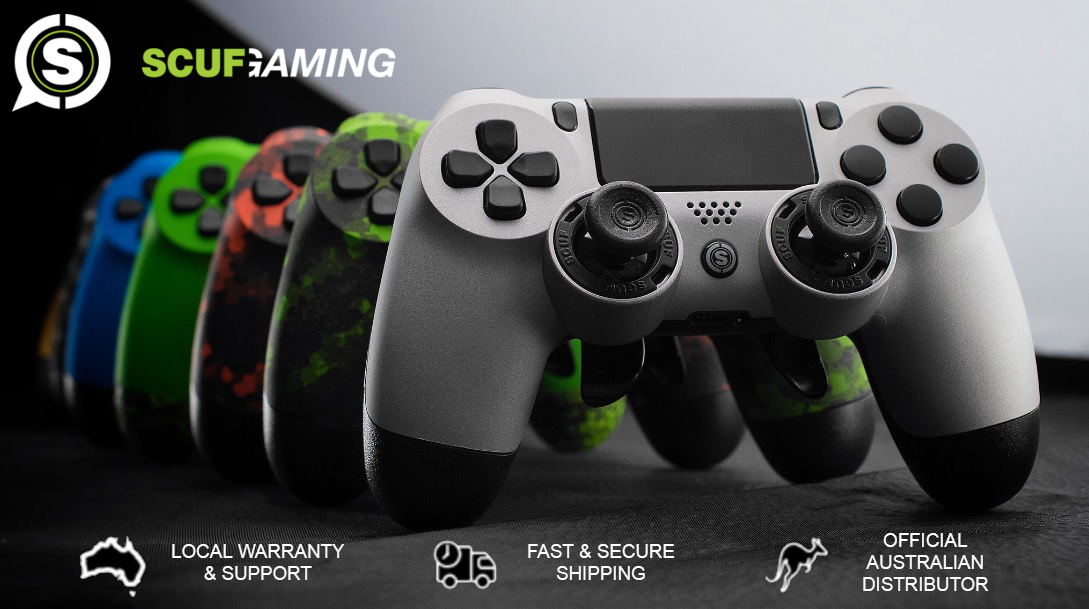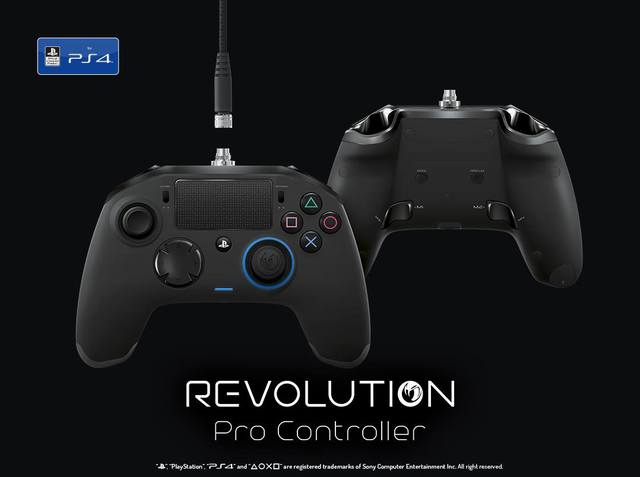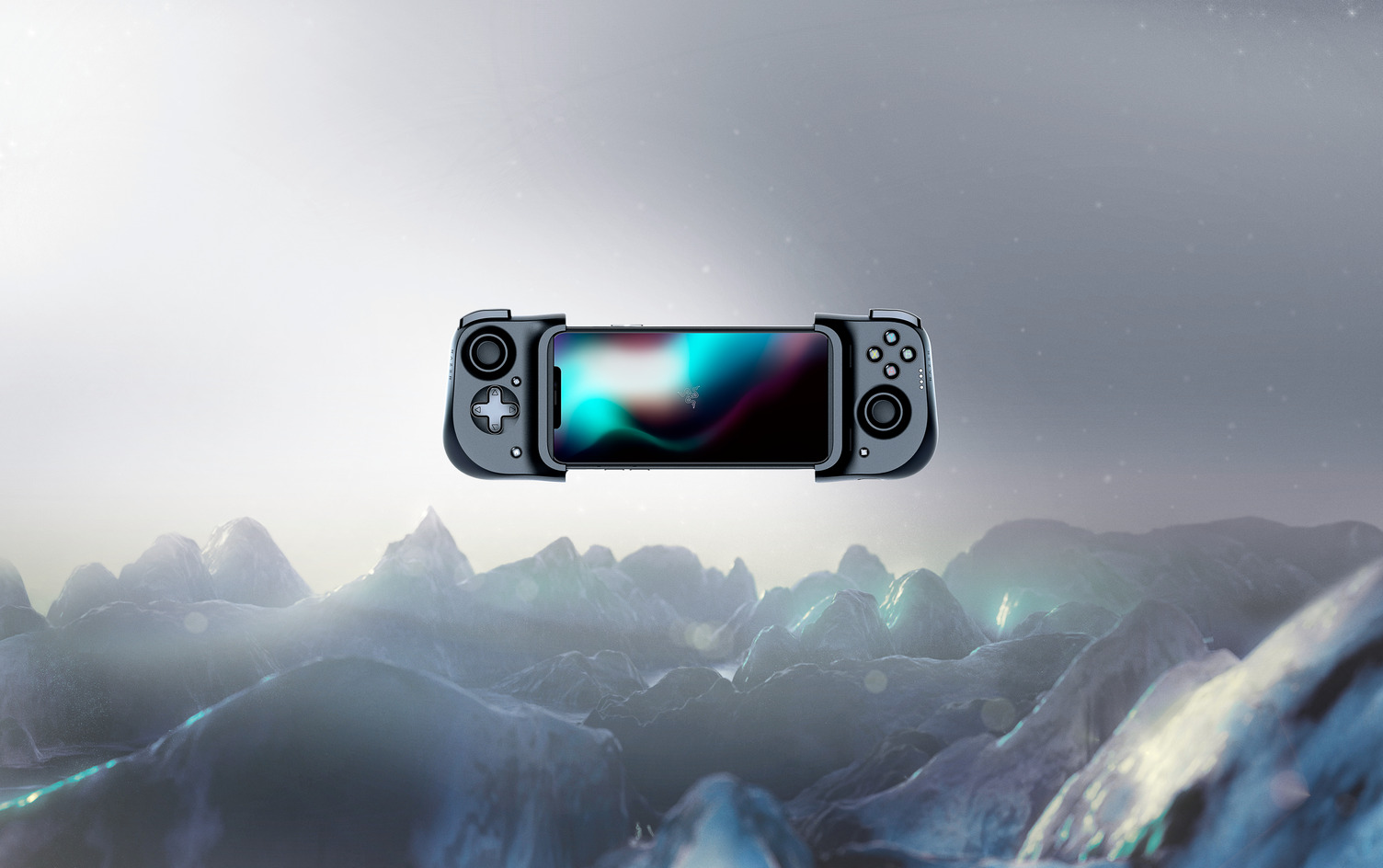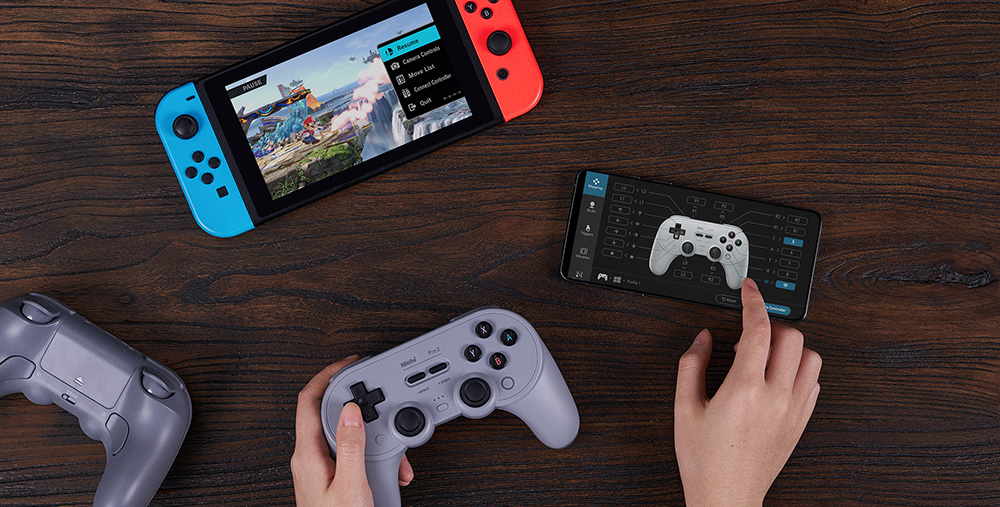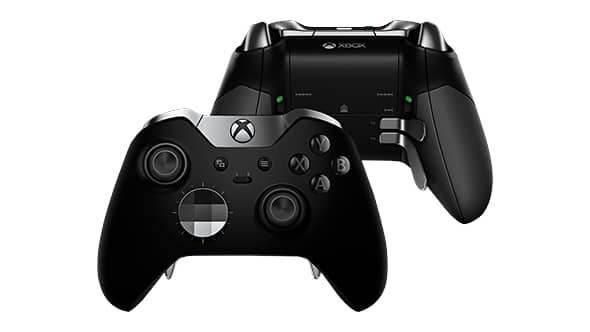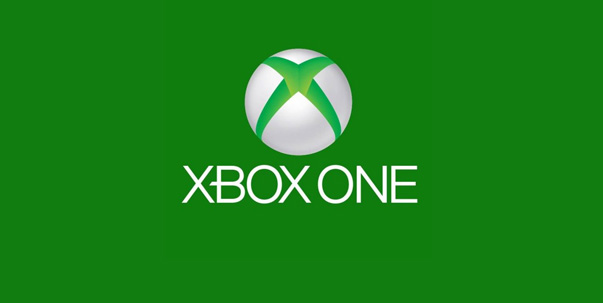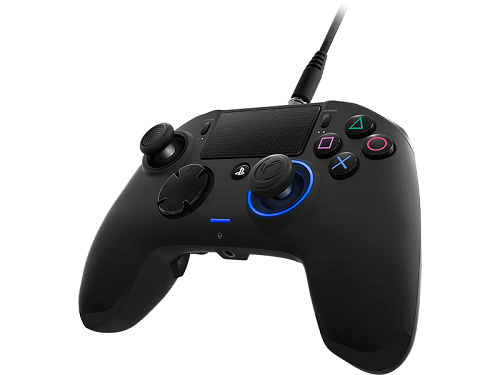
With the creation of the Xbox One Elite Controller, Microsoft brought the world of high quality, customisable controllers to the mainstream market. In the past, the only way to get customisable controllers was to go through companies like Scuf Gaming, who physically altered and customised official controllers, but these weren’t readily available in stores. With the Xbox One now sporting a fancy elite controller, players began wondering when Sony would follow suit with their own elite controller for the PlayStation 4. Instead of doing just that, Sony instead announced that they had licensed both Razer and Nacon to create their own elite controllers for the PlayStation 4. I’ve now spent quite some time running, gunning, racing and fighting with my Nacon Revolution Pro and I have been impressed by the solid build quality and range of customisation options that it brings to the table.
For those who haven’t seen or heard of the Revolution Pro before, it’s a wired PlayStation 4 controller that sports a non-gated d-pad, displaced analog sticks and 4 customisable buttons on the backside of the controller. Unlike other controllers which have implemented a paddle system for their additional buttons, the Revolution Pro sports two buttons on either side of the controller that can be hit in two different areas to create 4 customisable buttons. To do this, the buttons follow the curve along the hand-holds of the controller, allowing for a raised section that can be ‘pushed’ as one set of buttons and a flat section that can be ‘pulled’ as the other. What results is the ability to leave your fingers in one place, while having 4 distinctive buttons that can be easily and quickly pressed without confusion or accidentally hitting the wrong one. This is my favourite implementation of customisable back-buttons yet, with me generally using them as macros of R3 and L3, allowing for quick buttons presses for melee attacks and sprinting that don’t cause issues with my aim or movement.
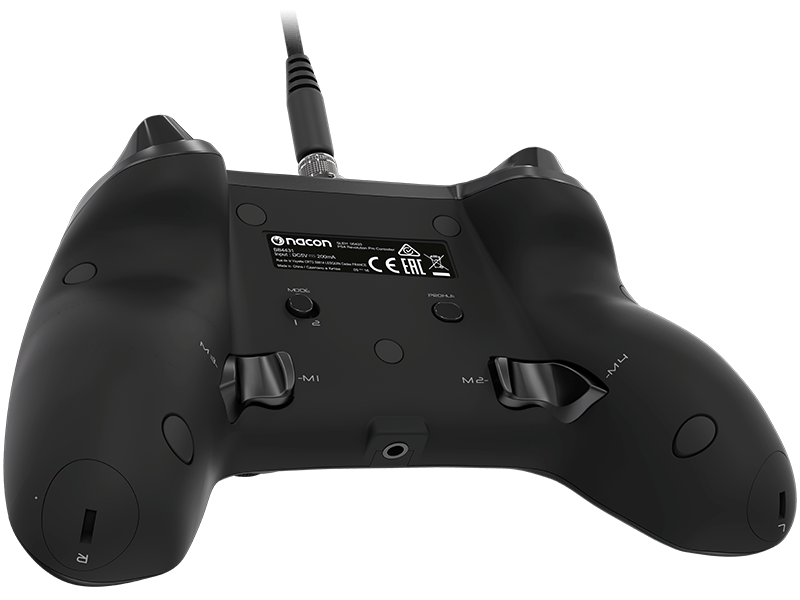
The analog sticks are also quite a bit different to the Dualshock 4 controller, and not only because of their displaced nature (I have come to prefer displaced sticks over the last 2 console generations). The sticks feature different tops, with the left stick being concave and the right being convex. What this means is that the right stick is built so that you can easily gain a foothold on the sticks surface while nudging it from the sides, allowing somewhat easier control when lining up shots. The other difference is in the length of the sticks themselves and their friction. The sticks on the Revolution Pro are longer than on the Dualshock 4, which I found a little more confortable, and they’re also slightly looser. The sticks are still relatively tight and snap back into place satisfyingly, but it means that less force is needed to move them and also makes minute movements of the stick easier to do. The d-pad isn’t quite as positive an experience, with its non-gated nature meaning that it can sometimes be imprecise in practice. I would have preferred to see a gated d-pad here.
Almost all buttons are completely customisable and can be saved to four different profiles via Nacon’s Revolution software. Every general input button, other than ‘share’ or ‘options’, can be mapped to another button if you so desire, allowing for customisable controls in games that don’t allow for them natively. The right analog stick has a frightening level of customisation, allowing for changes to the static dead zone, as well as a completely changeable response curve for movements. Want your cross-hairs to move at a crawl with small movements and at light-speed with large movements? Go for it. You can also change the responsiveness of the triggers, allowing for shots to be made at the lightest of touches. All of these changes can be made, saved as a file and then assigned to one of four different profiles that you can switch between on the fly while playing on the Playstation 4. To do this, you toggle the controller from ‘default’ settings to ‘profiles’ with a flick of a switch on the back and then you can toggle between the four profiles. Which profile is currently selected is shown via 4 small lights on the front of the controller, meaning that you must memorise which profiles you have placed in slots 1 to 4.
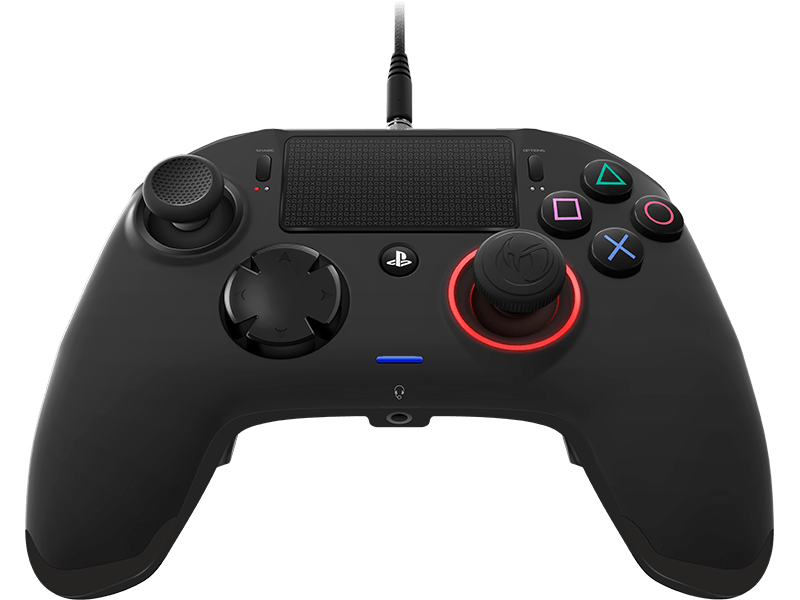
The best part of the Revolution Pro actually isn’t its customisability, but is in fact its solid and sturdy build quality. Obviously I haven’t put the hundreds of hours into it that I have with my Dualshock 4s, but the difference in sturdiness is quickly apparent. While the Dualshock 4 squeaks and shifts if you squeeze the sides while playing or twist it at all, the Revolution Pro stays solid and doesn’t do this. The shafts on the analog sticks are metal, as opposed to plastic, and are topped by a much firmer rubber than the Dualshock 4. What this should mean is that they won’t suffer from the same issues the Dualshock 4 has had with its softer rubber that wears away over time, with both of my controllers recently developing holes in their left sticks. This should all be a given considering the more premium nature of this controller, but it’s still nice to have it confirmed that it has a nice, sturdy build to it.
The one real frustration I had, is that while the controller requires being plugged into a PC via USB to set up the custom profiles, it isn’t recognised as either a PC controller or a Dualshock 4 controller. Now while this sounds obvious, what it means is that the Revolution Pro is quite limited in its usability. While it works as a plug and play controller on the PlayStation 4, its non-recognition as a Dualshock 4 means that it isn’t compatible with Steam’s recent implementation of Dualshock 4 support for PC gaming and also isn’t usable as a controller while running Playstation’s own Remote Play app on a Windows 10 PC. While most people won’t necessarily use their Revolution Pro for these situations, I was frustrated to have to go back to my stock Dualshock 4 to use Remote Play, losing my custom set ups. This should be seen as the ultimate praise for the Revolution Pro, that I wholeheartedly prefer using it over my Dualshock 4, but the lack of compatibility means that I am more likely to take my Dualshock 4 with me while travelling.
Overall, the Revolution Pro is definitely a worthwhile addition to your stable of Playstation 4 controllers, even if you won’t necessarily use the customisation options. The superior build quality means that the controller should last longer than the Dualshock 4. The customisation options are great for tailoring the controller to suit your needs, with the ease of profile switching meaning that you can set up game specific button maps and configurations alongside generic profile options. The $180 price tag may be off-putting to some, but if you’ve got that money to spend on a controller then I wholeheartedly suggest picking up a Revolution Pro.
- Heaps of customisation options
- Sturdy build quality
- Displaced analog sticks
- 3m long cable
- Non-gated d-pad
- Doesn't work with Playstation 4 Remote Play

